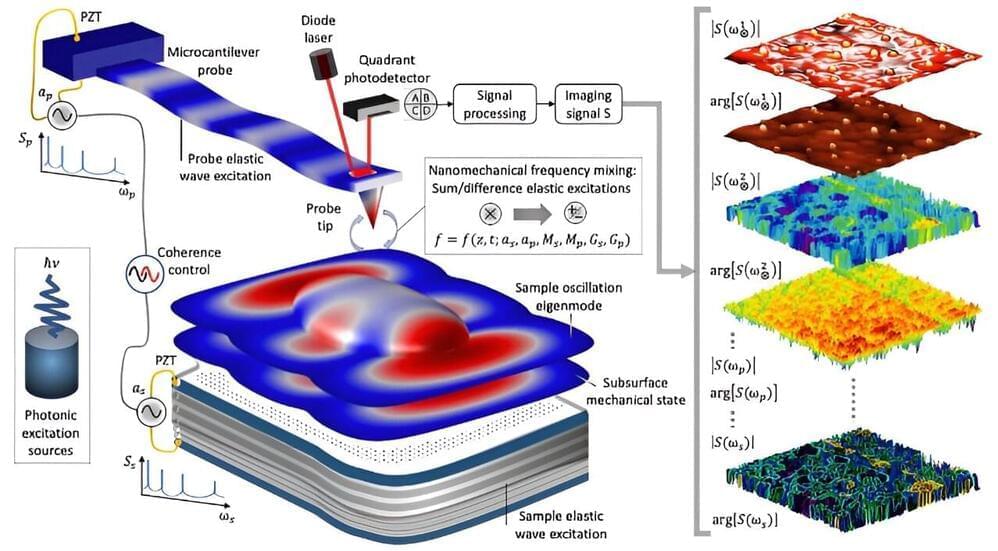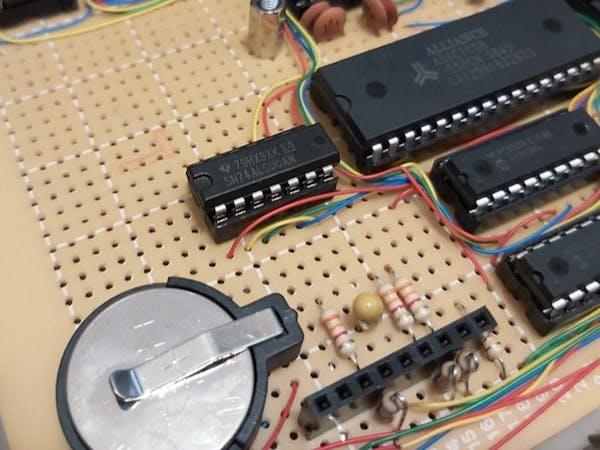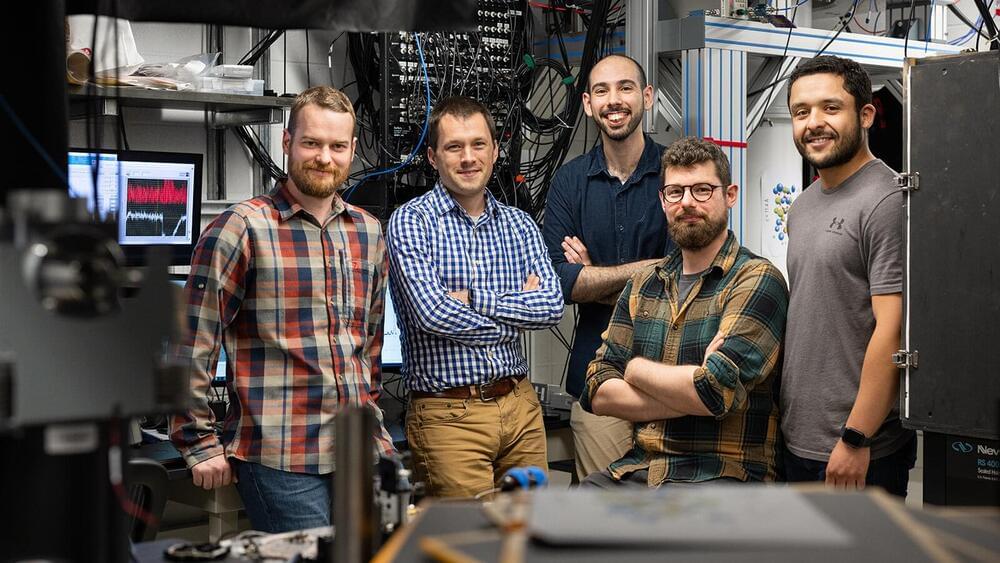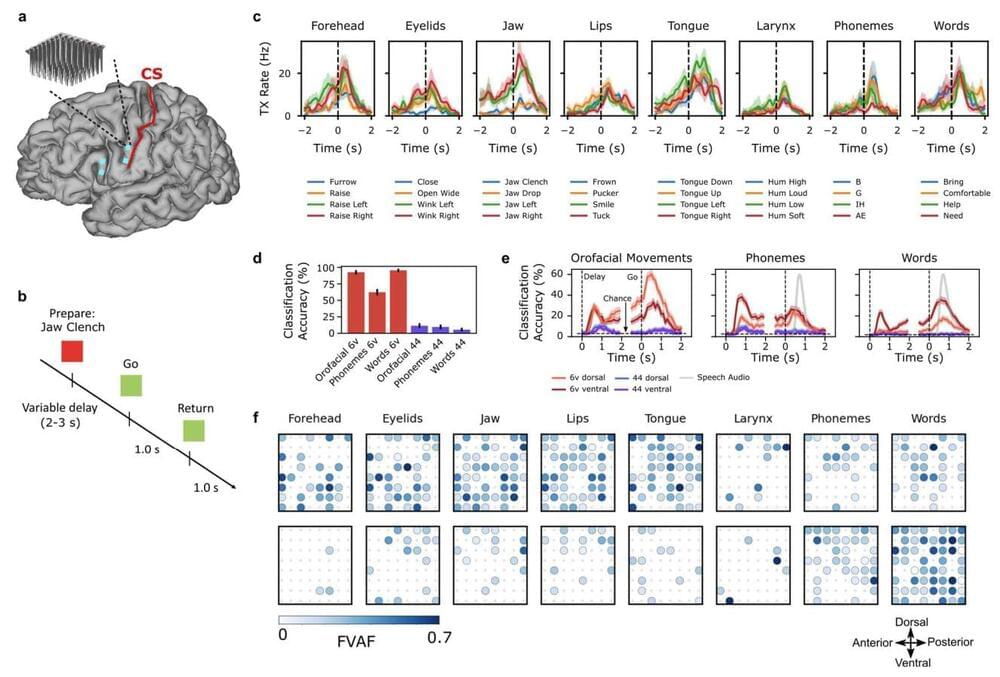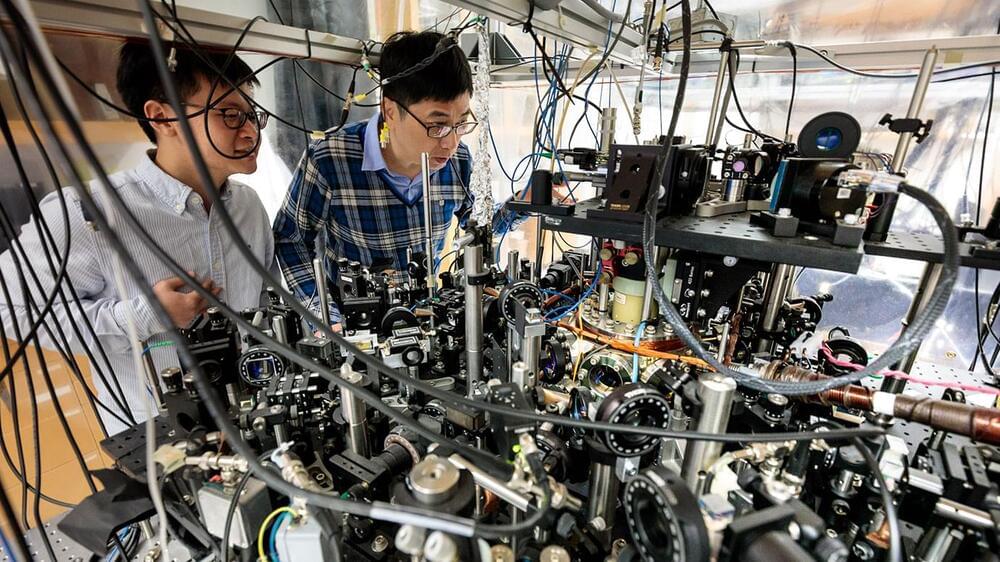A new nanoscience study led by a researcher at the Department of Energy’s Oak Ridge National Laboratory takes a big-picture look at how scientists study materials at the smallest scales.
The paper, published in Science Advances, reviews leading work in subsurface nanometrology, the science of internal measurement at the nanoscale level, and suggests quantum sensing could become the foundation for the field’s next era of discoveries. Potential applications could range from mapping intracellular structures for targeted drug delivery to characterizing quantum materials and nanostructures for the advancement of quantum computing.
“Our goal was to define the state of the art and to consider what’s been done and where we need to go,” said Ali Passian, an ORNL senior research scientist and senior author of the study.
